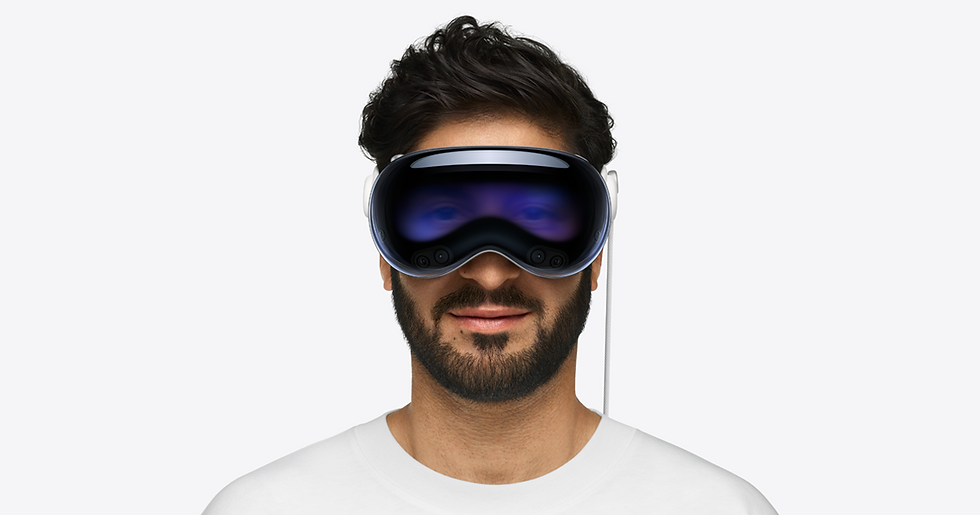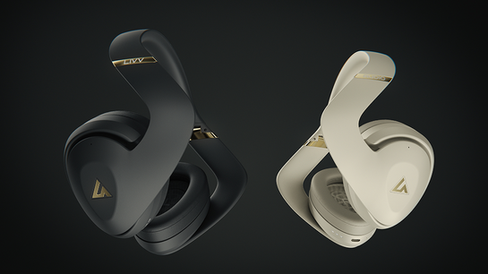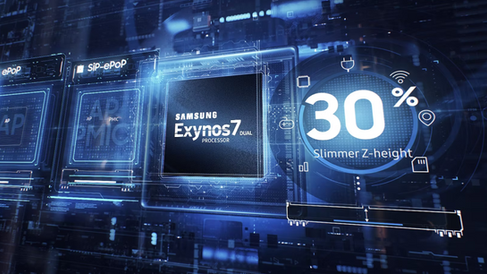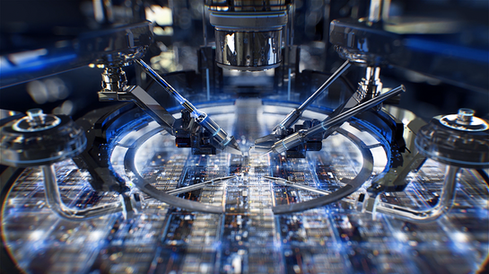How CGI Changes Our Relationship With Products: Cases From Fashion, Technology, and Cinema
- Danil Sapsay
- Sep 18
- 2 min read
Fashion: Realism, Surrealism, and the New Visual Language
CGI in fashion has become a flexible language, capable of supporting multiple creative directions. Surrealist approaches push the boundaries of scale and imagination. For instance, Jacquemus (2024) staged a mixed-reality spectacle in Paris where oversized digital bags moved through city streets, blending seamlessly with the environment.

Photorealism, by contrast, creates a sense of intimacy and immersion. Balenciaga (2024) used Apple Vision Pro to place viewers inside the show itself, letting them move among models and digital sets. Here CGI is used to make fashion felt as much as seen, heightening personal connection and engagement.

Together, these examples show how CGI allows designers to experiment with scale, space, and narrative, engaging audiences beyond the limits of physical runways.
Technology: CGI as a Tool to Reveal and Narrate
The same principles apply to consumer electronics, where complexity often obscures understanding. With LIVV headphones, Transparent House created a CGI film revealing the device’s inner workings, materials, and features, while illustrating real-world use. The goal is not merely to show the product, but to communicate its function, design, and experience.
For the Samsung CES Opener, CES being one of the world’s largest tech exhibitions, the team produced a seamless CGI presentation that visualizes products from chip-level components to full device integration. This turns complex engineering into a dynamic, understandable experience.
In both cases, CGI lets audiences explore products in ways traditional photography or live action cannot, revealing mechanisms, textures, and behaviors, and opening creative possibilities previously invisible.
Cinema: Immersive Worlds and Product Integration
In cinema, CGI can transform the very environment in which stories unfold. During The Mandalorian, LED Volume—a 360-degree wraparound screen showing real-time CGI backgrounds—allowed actors to perform in fully digital sets, while cameras captured the integrated scene in-camera.
For product visualization, this setup allows precise control over lighting, perspective, and context. Props and devices interact naturally with characters and surroundings, creating a seamless integration that traditional compositing struggles to achieve.
Fueling Creative Vision
Across fashion, technology, and cinema, CGI is reshaping how audiences perceive, interact with, and emotionally connect to objects and experiences. Surrealist and photoreal approaches, alongside immersive storytelling, expand the ways creative ideas can be realized. At Transparent House, we monitor these developments across industries, ensuring our projects remain innovative, relevant, and pushing the boundaries of what visual storytelling can achieve.
































